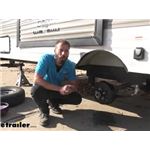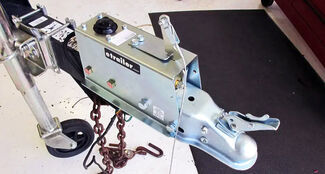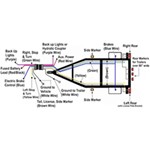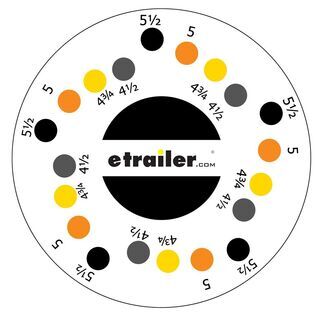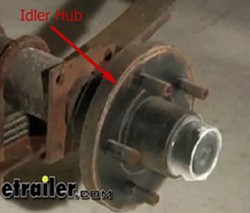



Seal contact surface (B)
Inner bearing (C)
Outer bearing (D)
Axle capacity

Wheel bolt pattern

Hydraulic surge brake actuator

Number of axles

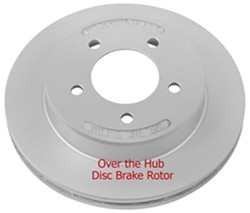

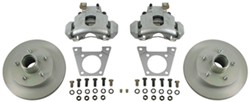



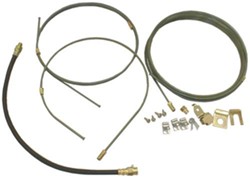
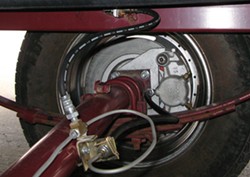
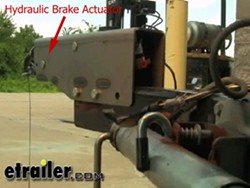
Direct Mount to Spindle
1-3/4" Diameter
2-3/8" Diameter
3" Diameter
3" Diameter
Mount over Idler Hub
2-3/8" Diameter
3" Diameter
3" Diameter
Departments
Towing
- Trailer Hitch
- Fifth Wheel
- Gooseneck
- Towing a Vehicle
- Front Hitch
- RV Hitch
- ATV Hitch
- HD Truck Hitch
- Vehicle Wiring
- Brake Controller
- Ball Mounts
- Weight Distribution
Sports and Recreation
Trailer Parts
- Utility Trailer
- Boat Trailer
- Landscape Trailer
- Enclosed Trailer
- 5th/Camper Trailer
- Car Hauler
- Horse Trailer
Vehicle
Contact & Help

What our customers are saying:
"The phone operator was very helpful and made my purchase easy. I will keep this website handy."
Harold
Gillsville, GA










